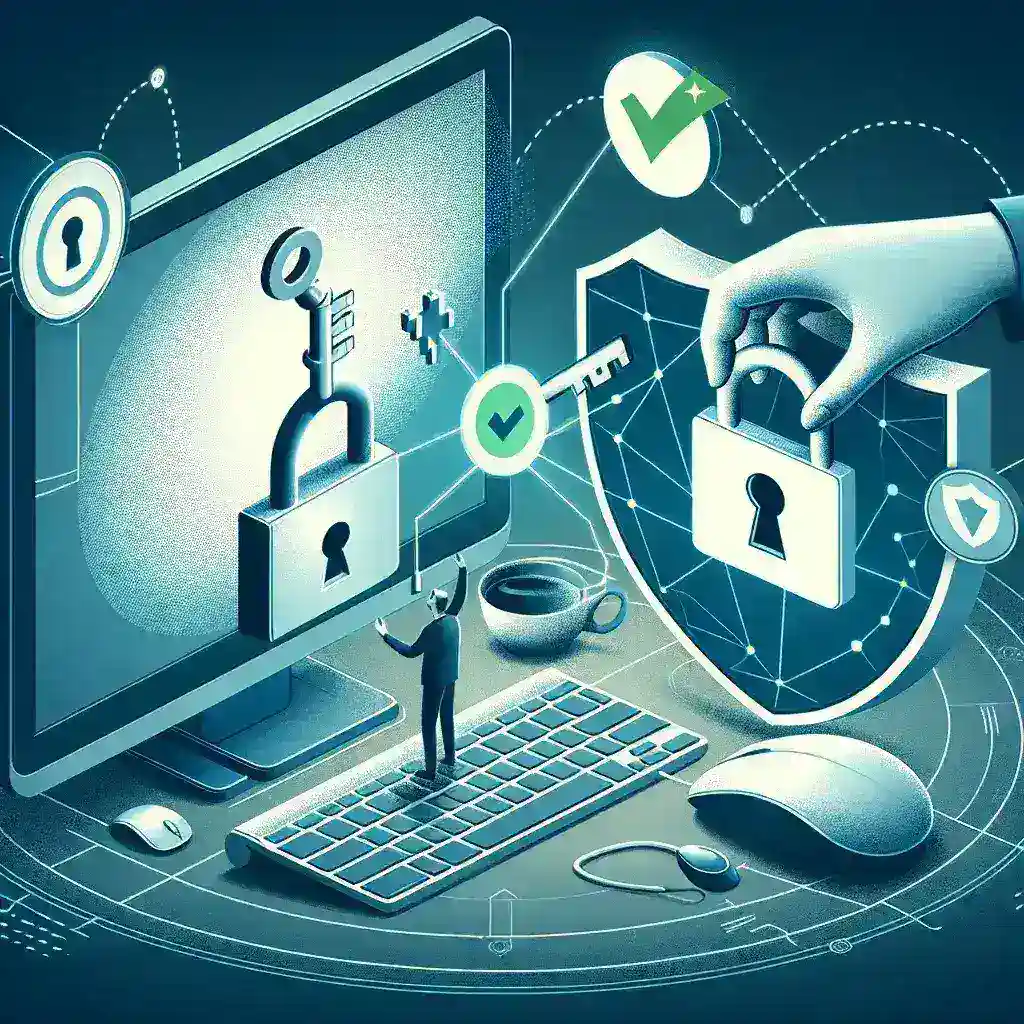Introduction
In today’s digital world, cybersecurity is more critical than ever. With cyber threats on the rise, it’s essential for individuals to adopt security measures that safeguard their personal information and online activities. This article highlights key cybersecurity practices to help you stay protected and maintain a secure online presence.
1. Use Strong Passwords
Your password is your first defense against unauthorized access. Follow these best practices to create strong and secure passwords:
- Length: Use at least 12 characters or more.
- Complexity: Combine uppercase and lowercase letters, numbers, and special characters.
- Avoid Predictable Information: Steer clear of using names, birthdays, or common words that can be easily guessed.
Pro Tip: Use a password manager to generate and store unique passwords for all your accounts.
2. Enable Two-Factor Authentication (2FA)
Two-factor authentication (2FA) adds an extra layer of security by requiring a second form of verification. Even if someone obtains your password, they won’t be able to access your account without the second authentication factor.
How to Enable 2FA
Most platforms support 2FA. Here’s how to activate it:
- Log in to your account and navigate to the security settings.
- Look for the two-factor authentication or login verification option.
- Follow the on-screen instructions to set it up (e.g., via SMS, authenticator app, or hardware key).
3. Keep Your Software Up to Date
Regular updates are vital for protecting your devices and accounts. Operating systems, applications, and antivirus programs frequently release security patches to address new vulnerabilities.
- Set your devices to automatic updates to ensure you’re always protected.
- Update all software, including browsers and plugins, to close potential security gaps.
4. Be Wary of Phishing Scams
Phishing scams are deceptive attempts to steal your sensitive information, often through fake emails or websites. Protect yourself with these tips:
- Check Email Addresses: Verify the sender’s email address and ensure it matches the legitimate domain.
- Avoid Suspicious Links: Hover over links to inspect their destination before clicking.
- Spot Red Flags: Look for poor grammar, urgent calls to action, or unexpected requests for personal information.
- When in Doubt: Contact the organization directly through their official website or customer support.
5. Use Secure Wi-Fi Networks
Public Wi-Fi networks are convenient but often lack security, making them a target for cybercriminals.
- Avoid accessing sensitive information (e.g., online banking) on public Wi-Fi.
- Use a Virtual Private Network (VPN) to encrypt your internet connection and keep your data private.
6. Regularly Back Up Your Data
Creating regular backups ensures that your data is safe, even in cases of cyberattacks, ransomware, or hardware failure.
- Use cloud storage services or an external hard drive to back up critical files.
- Schedule automatic backups to ensure you never forget.
7. Stay Informed About Cybersecurity Trends
The world of cybersecurity is ever-evolving. Staying informed about the latest threats and best practices can help you proactively protect your information.
- Follow reputable cybersecurity blogs, newsletters, or news outlets.
- Consider taking online courses to deepen your understanding of cybersecurity.
Conclusion
By following these essential cybersecurity practices, you can significantly reduce the risk of cyber threats and protect your personal information. Stay proactive, stay informed, and enjoy a safer online experience.

Leave a Reply